AGH University AI Research Team "MOTIVATED ASSOCIATIVE BRAINS" |
The team was founded in 2019 and is dedicated to the development of innovative models of neurons and their self-organizing graph structures and deep neural networks capable of adapting to any data and relations between them, building associations and using them in cognitive processes, prediction, clustering, grouping, classification, inference, recommendation, modeling emotions and needs, learning with the use of motivation, knowledge formation, weak and strong artificial intelligence and their applications, inter alia, for operating natural language, creating intelligent motivated agents and in various issues of biomedical engineering.
AGH RESEARCH TEAM:
- dr hab. Adrian Horzyk, prof. AGH (Team Leader)
- lek. med. Daniel Bulanda (Ph.D. student)
EXTERNAL PERMANENT COLLABORATORS:
SCOPE OF RESEARCH AND DEVELOPMENT INTERESTS:
The "MOTIVATED ASSOCIATIVE BRAIN" research team deals with the development of models, structures, algorithms and solutions in the field of modern artificial intelligence, deep learning, knowledge engineering and intelligent associative-cognitive systems based on knowledge formation to solve important tasks, among others in the field of computational linguistics, engineering biomedical and medicine; and intelligent motivated agents. Our goal is to develop and improve methods, structures, algorithms and solutions that support the work of engineers during the construction of complex systems and the work of doctors in diagnostics, classification, prediction, disease detection, recommendations and optimization of treatment methods, prevention and warning based on the knowledge base and algorithms that make predictions and recommendations. The built systems and structures are designed to automatically adapt to data and the relations that connect them, to form knowledge about problems and, based on associations, search for solutions and memorize them in deep graph associative neural structures.
RESEARCH TOPICS:
- Creation of innovative models of self-adapting deep graph networks consisting of self-adaptive and self-assembling neurons and receptors capable of responding to a wide variety of input stimuli.
- Creation of associative memories capable of cognitive association based on developed models of neurons and networks.
- Development of a motivated learning method in combination with associative memory and deep neural networks.
- The study and modeling of knowledge formation processes in the human mind and the creation of artificial intelligence based on knowledge based on the associative model that stores data and relationships.
- Processing, recognition, clustering and classification of images, including biomedical ones.
- Development and use of neural, associative-cognitive deep networks based on ECG signals for modeling knowledge, classification and inference in the area of pathophysiology of heart diseases.
SCIENTIFIC PAPERS:
|
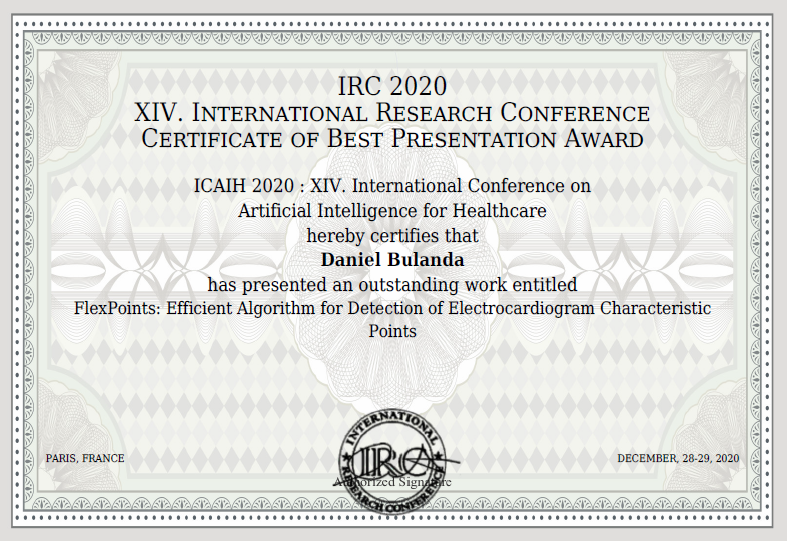
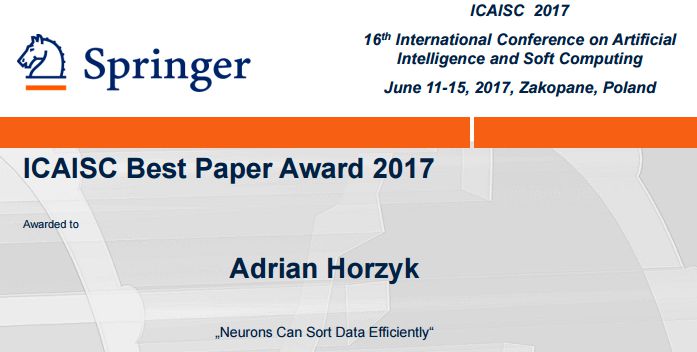
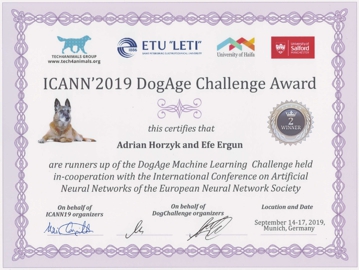
|
DESCRIPTION OF THE RESEARCH CONDUCTED IN THE FIELD OF BIOCYBERNETICS, KNOWLEDGE ENGINEERING, COGNITIVISTICS, AND ARTIFICIAL INTELLIGENCE (since 2019):
Modern artificial intelligence relies on machine learning to enable approximation and grouping through various models, including deep neural networks, which have many advantages, but also still many disadvantages. Despite many successes in the field of adaptation and machine learning, unfortunately, modern solutions are still far away from reaching the level of animal intelligence, let alone human intelligence.However, we achieve these successes only in a few groups of issues related to classification, clustering and prediction (regression), which is only a very preliminary stage of the development of true (strong) artificial intelligence. Of course, many research groups around the world are constantly striving to go beyond limits of current knowledge and create real artificial intelligence.
The research conducted within our group is aimed at broadening the knowledge about the processes of knowledge formation in the human mind and transferring it to the field of computer science. So far, computer science has mainly focused on data storage and processing, but knowledge results primarily from the relationship between data and its groups that model various objects and events. In artificial intelligence, too little attention has been paid to the reception processes themselves, without which the data would not reach the neural networks, and the intelligence would not be able to develop. An important element of any biological neural network is also the environment (cerebrospinal fluid) and the relative distances of the neurons, which are often neglected in neural network models. The lack of the needs and feelings of artificial systems does not allow for the creation of motivational feedback loops, so artificial systems do not have the motivation to expand knowledge in important aspects or to form artificial intelligence. In our team, we deal with these important aspects and develop very interesting, futuristic models that break down the barriers of human cognition, enabling the understanding of associative brain processes and transferring them to the field of computer science, creating knowledge-based models of artificial intelligence.
DESCRIPTION OF THE RESEARCH CONDUCTED IN BIOMEDICINE (since 2020):
 |
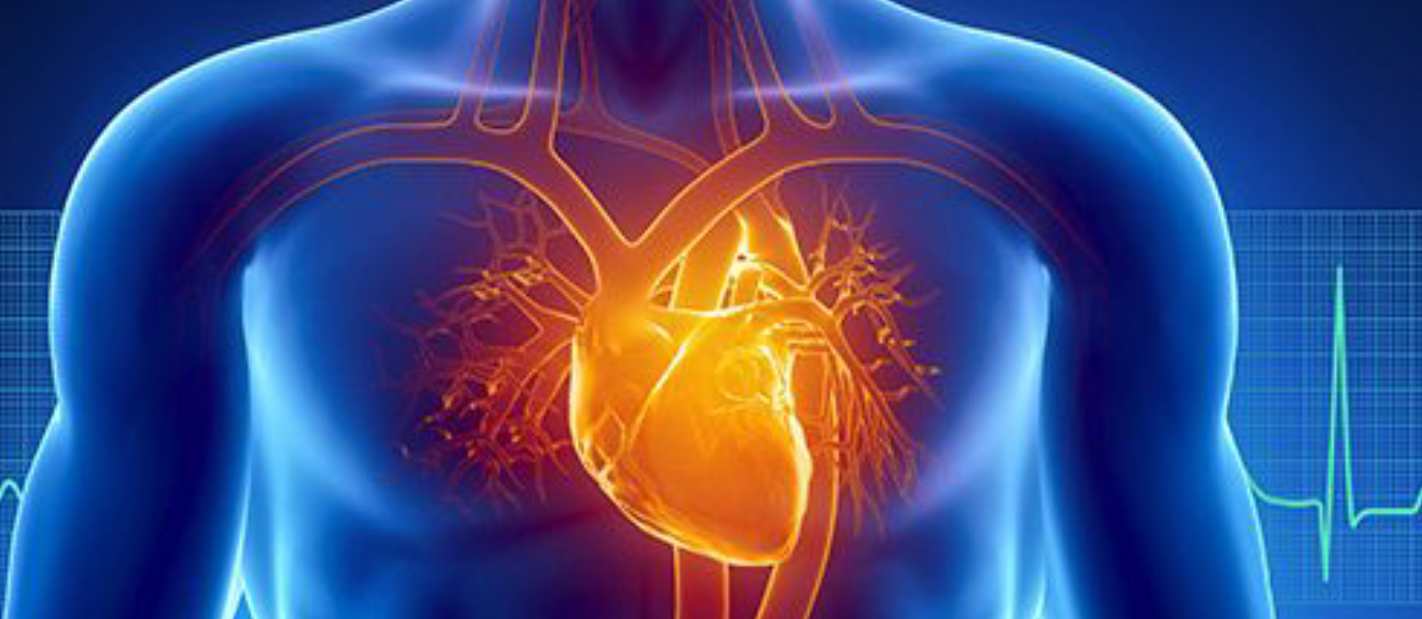 |
As the latest research shows (Eric Topol, "Deep Medicine. How Artificial Intelligence Can Make Healthcare Human Again", New York, 2019), up to 60% of commissioned medical tests and procedures are carried out incorrectly, inaccurately or unnecessarily due to limited time for subjective examination and subject, familiarization with the history of the disease and erroneous, fast, inaccurate or insufficient differential analysis and diagnosis. This often results in improper treatment that does not bring about improvement in health, deterioration of health, or even death. The most common cause of death in Poland is cardiovascular disease (43.5% in 2017 according to the CSO Demographic Yearbook), which due to the complicated diagnostic and therapeutic process, lack of proper preparation of some doctors participating in the treatment process, lack of access to appropriate diagnostic procedures, as well as the lack of time necessary for adequate analysis of available medical data, are often inadequately treated, causing the early threats to be overlooked, leading to further complications, heart failure, and even death.
Electrocardiography (ECG) is one of the most frequently performed tests in Poland. According to the CSO report "Health and health care in 2016," as much as 13.2% of the population had an ECG during the year as part of outpatient care. This is due to, among others, low cost of testing, availability of apparatus, relatively simple operation of the equipment, non-invasiveness, and high diagnostic value of the examination. Electrocardiography and its variants, i.e., Holter ECG monitoring (continuous recording of ECG signal for 24 hours or several days) or exercise ECG, are indicated, among others in patients with previously diagnosed cardiovascular disease, in people with suspected cardiovascular disease and healthy people with an increased risk of cardiovascular disease. Besides, imaging tests, i.e., echocardiography, computed tomography, X-ray, cardiac magnetic resonance imaging, and coronary angiography, play an important role in the diagnostic process of heart disease. Echocardiography is one of the most frequently performed outpatient care tests (4.8% of the population in 2016, according to the Central Statistical Office). For many years, attempts have been made to computer support the diagnostic process based on ECG signals and cardiac imaging. Many of them, despite promising results, have not been implemented into clinical practice. This could have been caused, among others, by lack of a comprehensive and practical approach to the developed solutions enabling easy implementation into clinical practice, insufficient effectiveness of these methods, or a high demand for computing power, which for financial and organizational reasons is often not available in clinical practice.
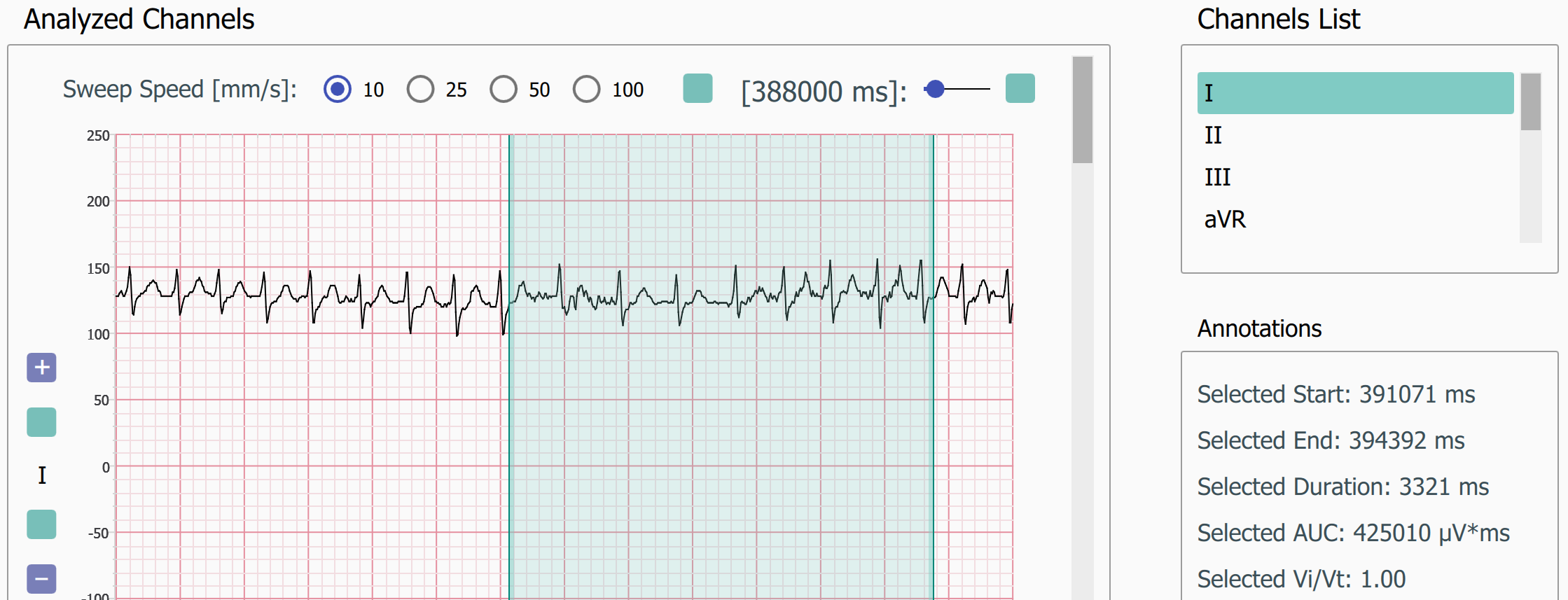
The process of recognizing patterns and then extracting the knowledge contained in ECG signals and imaging of the heart is certainly not a trivial task while remaining very important from the point of view of potential benefits. Many approaches to the analysis of ECG signals by classical methods and those using deep neural networks have failed, because due to their mode of operation, they take into account only a certain subset of essential features that they are not able to properly associate together, leading to misclassification. In addition, deep networks are insensitive to small changes, which in the case of an ECG signal are often of fundamental importance, indicating, e.g., symptoms of a heart attack or a specific type of arrhythmia. Another critical problem of deep neural networks is low energy efficiency - both learning and inference require equipment with enormous computing power, which in practice is often not available, thus limiting the possibilities of implementing these solutions in everyday clinical and academic practice. This problem particularly concerns the analysis of medical images, which due to the multidimensionality of data (from 1 to 3 dimensions of the geometric space, from 1 to 4 dimensions of the color space and time) require access to very efficient equipment to be able to analyze such data using the most effective learning methods deep.
The purpose of this research team's research is to build a new adaptive model of heart activity based on neural associative-cognitive models that can eliminate these inconveniences and develop a representation of ECG signals in an unprecedented manner taking into account the frequency and number of changes over time, using frequent events and rare at the same time. Additionally, thanks to the effective representation of knowledge in the associative-cognitive model, it is possible to associate data and the relations between them. Machine learning techniques of other modalities are used, mainly heart imaging examinations, i.e. echocardiography, computed tomography, X-ray, magnetic resonance imaging (MRI) of the heart or coronary angiography. The research will also create new neural and associative data structures, algorithms, and computational methods that search for associatively aggregated frequent patterns, representing them in an associative model of knowledge and classifying cardiovascular diseases.
We also use the wealth of existing solutions based on deep learning models, which we support with associative and cognitive models. In addition, we are trying to improve and develop deep learning structures and algorithms, among others by striving to eliminate too many hyperparameters of these models for which the designer is responsible. Our goal is to develop methods that will optimize many hyperparameters during learning using the algorithms developed by our team. This will make the hyperparameters of these models become parameters that can be calculated in a faster and automatic way.
A specialized computer equipped with modern GPGPU units, certified medical monitors that meet the requirements of the TK and MR diagnostic station (compliance with the DICOM standard), a modern ECG apparatus allowing to record signals in high quality and digital form and modern single- and multi-channel ECG holsters will be used in the research to perform calculations, embed created algorithms, test computational models, collect data, and evaluate possible applications in telemedicine.
Research conducted as part of this research group falls under the priority research areas of artificial intelligence, knowledge engineering, cognitive science, biocybernetics, and biomedical engineering (POB 5) and includes the development of these methods to obtain automatic classification and support of doctors, and then use in telemedicine (POB 6), saving health and the lives of many sick people affected by heart disease.

